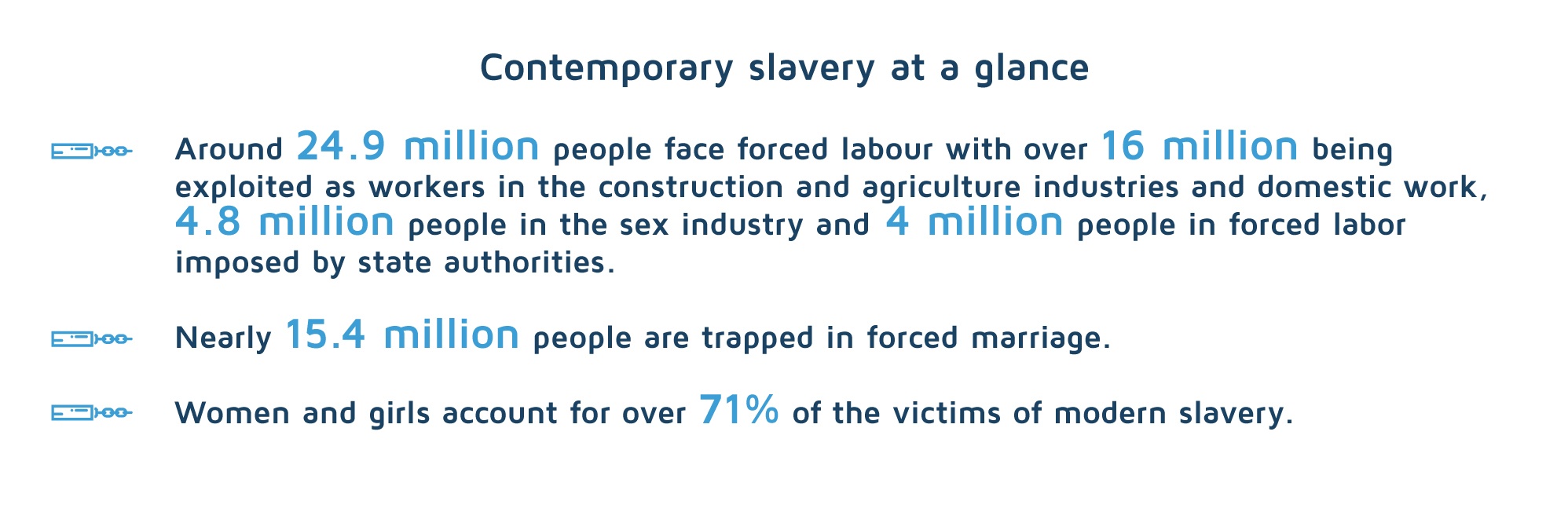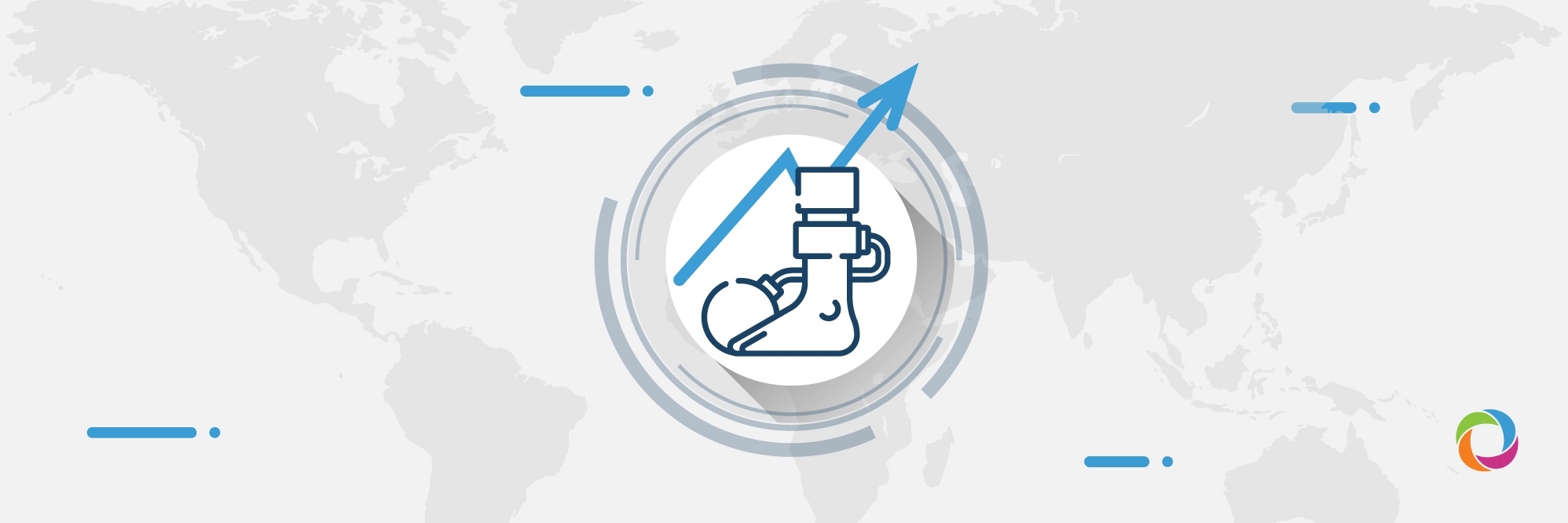Over 40 million people have become trapped in different forms of modern slavery, a level never before reached in human history, three times more than the figures registered during the transatlantic slave trade, according to the latest data provided by the UN’s International Labour Organization (ILO) in 2017. Being forced to work for free to pay off debts, child labour, trafficking for economic and sexual exploitation, forced marriages, and the coerced recruitment of children to participate in armed conflicts are scenarios that are the current reality. Such violations have arisen as a result of long-standing discrimination against the most vulnerable, a situation that may worsen given the devastating repercussions of the global COVID-19 pandemic.
The 2030 Agenda for Sustainable Development points to the need to end contemporary slavery and human trafficking and to eliminate the recruitment of child soldiers and the worst forms of child labour by 2025. While many states have reported a strengthening of their anti-slavery and anti-trafficking laws, almost half of the world’s countries fail to prosecute people involved in slavery or slave trade. The poor, marginalized groups and ethnic minorities, indigenous people, and migrants are those most vulnerable to becoming the victims of contemporary forms of slavery.

According to the International Labour Organization (ILO), there are 5.4 victims of modern slavery for every 1,000 people in the world with one in four, victims being children. One of the most common forms of slavery nowadays is forced labour and, in fact, almost all current slavery practices encompass elements of forced labour. The pandemic has pushed people to the edge of vulnerability which could result in facing great danger and the abuse of labour rights, representing a threat to millions of people. The pandemic’s repercussions for the employment sector translated into the loss of nearly 495 million jobs worldwide in the second quarter of 2020. Evidence shows an increase in the number of people pushed into forced labor together with a significant spread of discrimination practices in the workplace.
Aside from the increasingly higher number of people experiencing forced labor, forecasts point to an expected rise in the number of children subject to child labor as a result of school closures, reductions in family income, a lack of basic social protection, and deepening poverty. The ILO and UNICEF have warned of millions of children being at risk of suffering from child labor due to the pandemic which could reverse decades of progress made to reduce child labor. Children have also been exploited, recruited to fight by armed groups, trafficked, and forced into sexual or domestic servitude. Mali, for example, has reported the alarming figures of Child trafficking 6,000 boys having been exposed to the worst forms of modern slavery such as forced labor, economic exploitation, and physical, sexual, and psychological abuse.
While forced labor appears to be the most common form of modern slavery, sexual exploitation is one of the most reported, predominantly affecting women and girls who were already being exposed to different forms of violence before the pandemic. However, in light of a lack of proper social services and income protection measures, women are even more at risk of falling prey to traffickers and as a result of the consequences of the pandemic, 47 million more women and girls could face extreme poverty. Having assessed the vulnerabilities of women and girls, 150 countries have committed to prevent and eradicate gender-based violence as part of the pandemic response.
Eradicating the worst forms of modern slavery involves tremendous efforts and urgent and collaborative response from governments, civil societies, organizations, and the private sector. Despite the efforts and progress recorded by many countries, there are remain immense gaps between the commitments made by states and the actual practices.
To stay informed about the latest global development news subscribe to the DevelopmentAid Newsletter and gain access to the latest information. You can also become a DevelopmentAid member and contribute with expertise from your own field.

